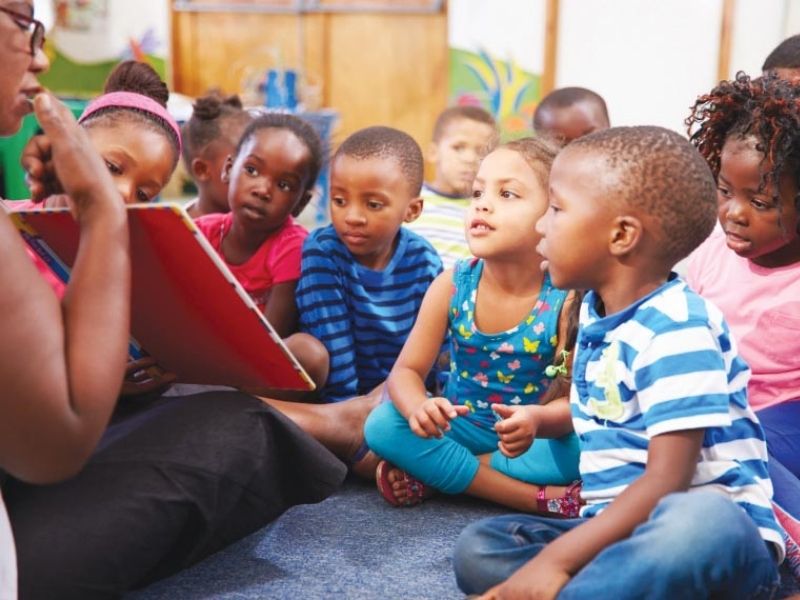
Minority children in the US: worsening learning gaps
Closed schools are bad for all children, but especially bad for poor and disadvantaged pupils. This basic pattern recurs wherever and whenever researchers look for it — in the wake of a polio epidemic in America in 1916, after teachers’ strikes in Argentina in the 1980s, and after a devastating earthquake in Pakistani-controlled Kashmir in 2005.
Most experiments in school disruption come after isolated natural disasters. However, the Covid-19 pandemic is leading to a simultaneous global experiment. In America, where schools have been significantly disrupted for the better part of a year, the first batches of reliable data are being gathered to assess how bad the damage has actually been. Sorting through them shows that America hasn’t defied gloomy predictions.
A recent analysis of standardised tests carried out by McKinsey, a consulting firm, found that pupils examined in the autumn had learned 33 percent less maths and 13 percent less reading than expected. For schools that are majority non-white, learning losses are much steeper: pupils in them learned 41 percent less maths and 23 percent less reading. NWEA, a producer and administrator of standardised exams used in primary and secondary schools, published its own review of autumn scores that is less worrisome. Pupils slid back substantially in maths, but not reading, with few detectable differences along racial or socio-economic lines. But a substantial share of students, disproportionately poor and non-white, simply did not take the tests this year — which may have flattered the results.
Researchers from Brown and Harvard universities examining data from Zearn, an online maths-teaching platform, found that pupils in high-income schools are actually performing 12 percent better in their coursework than in January 2020. But for low-income schools, scores fell by 17 percent.
The results suggest that the fears of worsening achievement gaps at the start of the pandemic were justified. There are enormous racial gaps in the type of instruction being received: 70 percent of black and Hispanic children are receiving fully remote education, compared with 50 percent of white pupils. Parents with the means to do so appear to be pulling their children out of public education altogether. There are 31,000 fewer pupils in the New York City public school system than in 2019; the roster in Austin, Texas, is 6 percent smaller. Instead, parents are hiring private tutors to teach their children in person. That is almost certain to widen the achievement gap.
(Excerpted and adapted from Times Higher Education and The Economist)